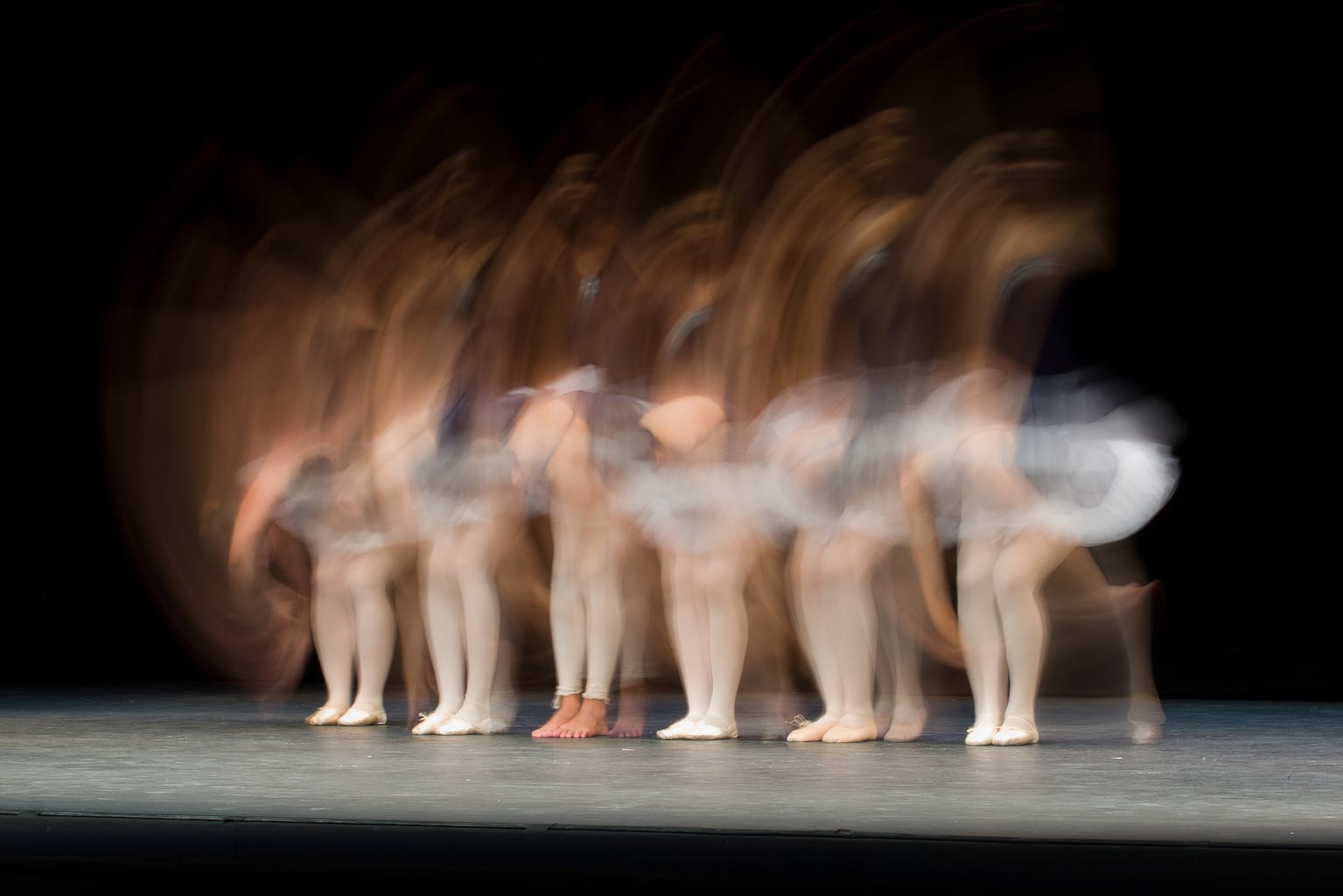They say that the rules are to be skipped, or that the law has been cheated. If I have to be honest, photographically speaking, I agree to break the rules of composition . Always following all the rules of composition is comfortable, easy and correct. Your photographs will be fine, but many times only that. Following the rules of composition to the letter, without thinking, can end up being the worst destroyer of creativity that you can have.
Now, here comes the but ? : to break the rules of composition, first you have to master photographic composition thoroughly, because sometimes transgressing really works and other times it's a real fiasco. The difference usually lies in being aware of why we are breaking that rule, what justification we have, what we want to highlight with it and what we are looking for. In short, what is our story. Let's see some examples in which it was decided to transgress the rules with good results.
1. CENTER OF INTEREST IN THE CENTER OF THE IMAGE
In this case, it is clear that centering the center of interest has given a great result. Thanks to the composition, the sensation of depth generated by the different elements in the shot, the tonality of the image and the pose of the model, a dreamlike and original image is achieved.
2. HORIZON CENTERED IN THE FRAME
That is, divide the frame into two equal parts instead of giving 2/3 relevance to one of the parts.

3. CROOKED HORIZON
We never tire of repeating to you that the horizon must be very straight. Well look, in this case it was decided to completely twist the horizon creating a very dynamic and successful composition. Of course, if you look closely, the center of interest is located in a strong point of the rule of thirds ?

4. CUT OFF HEADS
Who said that a portrait was putting a head in a frame? There are many more options, including leaving part of the head out of the frame. That because? Well, in this case (and in general) it serves to highlight a specific part of the face; the look.

5. SUBJECT MOVED
Most of the time we raise our hands to our heads when an image comes out shaky, but the truth is that movement is an element that you can use in an artistic and compositional way to add interest and dynamism to your images.

6. ODD RULE
The Odd Rule says that an image that contains odd elements is more attractive because it is more dynamic and visually attractive. For example, between a line and a triangle, the second has much more dynamism, or a pentagon is much more dynamic than a square, and so on. However, that does not mean that we cannot use even elements in our compositions. A good example of this is symmetries, which, when used well , can be very attractive visually.

7. WITHOUT A CLEAR CENTER OF INTEREST
I don't know how many times we have stressed in this blog the importance of having a clear center of interest when we compose a photograph. As a rule, this is almost always the case. However, it is true that some photographs can work without a clear center of interest, usually when it is a group of elements.

8. FILL THE FRAME… OR NOT ?
Another rule of composition tells us to fill the frame; the famous fill the frame . It is a very interesting rule for all those who are sometimes afraid to approach the action, but we should not always take it to the letter nor are we obliged to follow it to the letter. Many times minimalist compositions or compositions based on negative space give the same or better results. As always, it all depends on the message you want to convey.
9. ALWAYS FOCUS ON THE EYES…
Well, as you may have guessed, there is a "depends" here as well. As a general rule, it is advisable that the eyes are focused in portraits, but you can use the focus to highlight another element of your composition. In the case of the example, the photographer decided to focus on the hands of the model.

10. DIRECTIONALITY
As a general rule, we use the lines in composition to guide the viewer's gaze towards the center of interest. Lines are very useful, but not all images need a clear path to guide the eye within the frame.
SUMMING UP: WHY, HOW AND WHEN TO BREAK THE RULES OF COMPOSITION?
Just like we learn the alphabet to learn to write, just like we need basic grammar before starting to compose poetry or write a novel or our memoirs ? , in the same way, in photography we must learn the language before starting to do crazy things with our images ? A little composition here, a little technique there, a lot of practice, and before long you'll be so proficient that you can't believe how overwhelmed you felt the first time you held a camera in your hands and wanted to know how it worked. The key is always to go little by little, practice a lot and enjoy even more. Soon you will be doing crazy things with your images, do not hesitate and above all, do not be overwhelmed, photography is light but above all it is to have fun ?
And remember, that an image meets the rules of composition only means that it will be pleasing to the eye, that it will be logical and surely balanced. Only that does not mean that this image is better than a captivatingly imperfect, chaotic and moving one. So now you know, to practice, so much, so much, so much, that when you least expect it you will stop pressing the shutter with your head to do it with your heart and intuition, and there will be no more rules than your own, these are the ones standards or not.
I hope this article is useful to you, if so and you think that someone else might be interested in learning how to bypass the composition rules, share it on your favorite social network. Thank you very much and until next time ?


